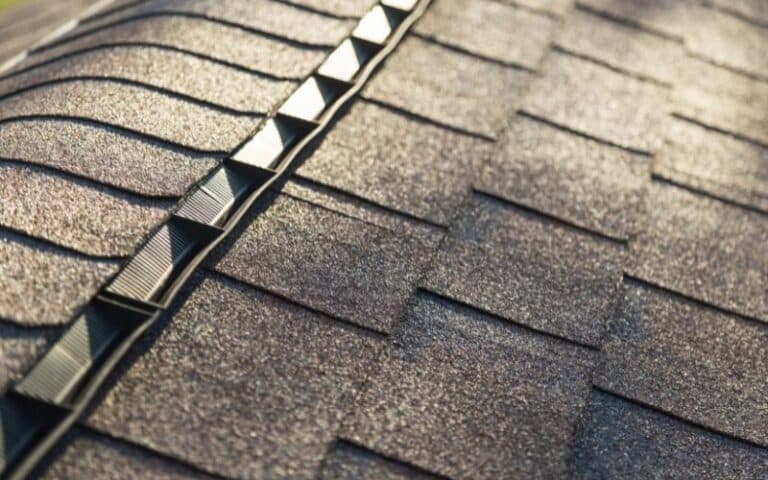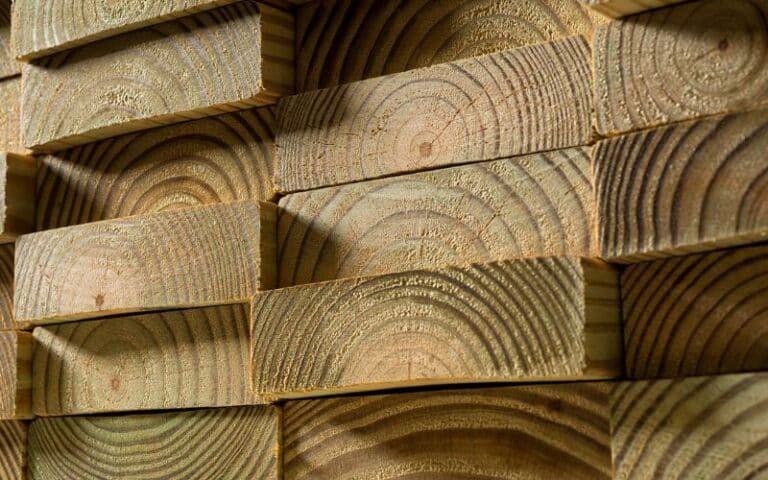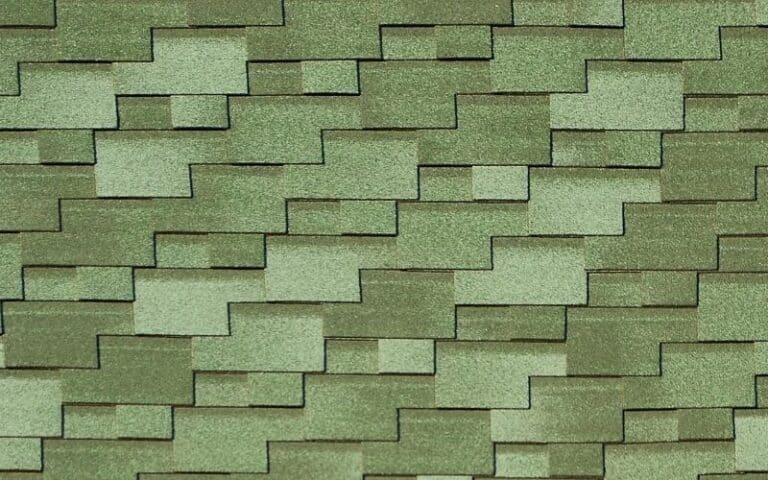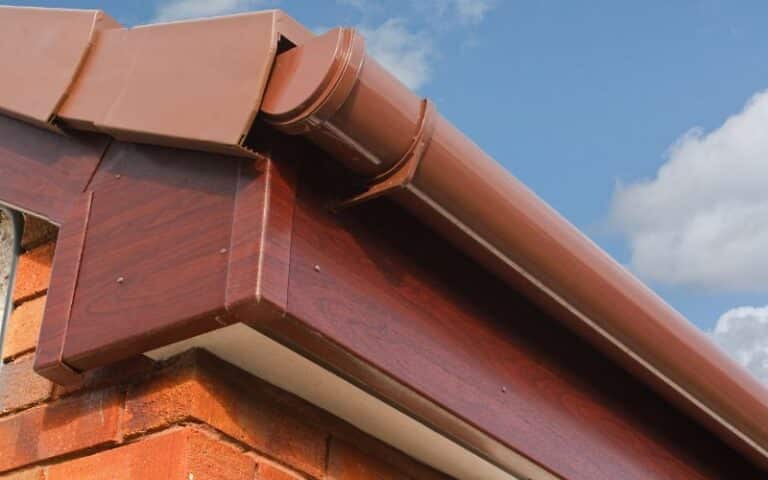Quality concrete forms are essential for good concrete work. Thus, contractors/builders experts tend to find and use a material that will hold the fluid concrete in place without fail.
However, CDX plywood, with its quality, is a solid material for many construction jobs. So is the CDX plywood a good option for concrete form?
You can use CDX plywood for concrete forms, especially as cheap substrate materials, and they are best for single-use applications. They are resistant to moisture, making them durable and efficient for concrete forming. Also, their cross-laminated structure makes it more stable than other woods.
Ready for a Roofing Quiz?
Can You Use CDX Plywood for Concrete Forms?
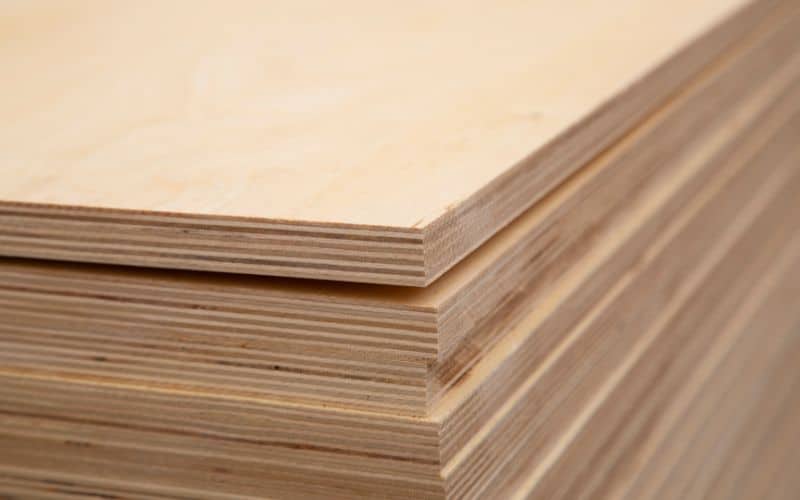
Yes, you can use CDX plywood for concrete form because plywoods are generally ideal for concrete forming. Besides, they make good boards for concrete form.
However, using CDX plywood for concrete forms depends on what and where you use it. For instance, you can only use plywood sparingly with steel forms.
Also, CDX plywood concrete forms are only suitable for works that are at most six inches in height.
However, wooden concrete structures, in general, should be at a most such height to avoid damage.
Another factor to consider is the concrete form material’s strength. However, plywoods are the best option because they are strong, flexible, and can keep the concrete in place.
Generally, the plywood for concrete forms is those with moisture resistance adhesives. And CDX plywood is made with a special glue that is moisture-resistant.
However, CDX Is for other purposes, with less pressure. So, before going into more detail on the possibility of using CDX plywood for concrete form, what is CDX plywood?
CDX is high-grade plywood with two veneer grades (C and D). The plywood has a strong bonding with a strong glue that can withstand moisture.
Generally, plywoods are ideal for many uses, including concrete form. And they exist in many grades, which sometimes determine their quality.
Also, the plywood gradings are in various alphabets; for example, there’s a grade C and D. The CDX plywood is a mixed grade, which entails its quality and strong plywood.
However, the X in CDX is the glue holding the two plywood grades together; it’s also what gives the quality. Also, the adhesive makes CDX durable and worthy of exterior use.
Like the standard grading system, where ‘A’ is the best, grades ‘A’ are well-refined and smooth.
But grades ‘D’ is the strongest, which makes them best for many uses, but it all depends on the job.
CDX plywoods are suitable for many constructions, such as DIY projects and bad for some building constructions. But, of course, it all depends on what you’re constructing.
CDX plywood is primarily for outdoor projects; it can absorb moisture without damage. However, if it’s a long-term project like roofing, you should have a moisture barrier.
Although, the CDX plywood isn’t fully waterproof, and too much exposure to rain degrades it. So contractors determine when to use it for better results.
Nevertheless, depending on various conditions, a concrete fluid takes about 48 hours to harden. So using CDX plywood is enough to hold your concrete in place till it sets.
Plywood’s primary advantage over its counterpart (timber) is its smoothness. Below is a table showing the pros and cons of using CDX plywood for concrete forms.
| Pros | Cons |
|---|---|
| They are best for concrete casts of shorter heights. | They sometimes have bug holes on them. |
| They are cost-efficient. | They are not suitable for multiple-use applications. |
| They are flexible and lightweight. | They Can’t handle too much pressure for long. |
| They can naturally absorb water. | They are not as durable as wood. |
Regarding formworks, using a material that saves you more cost is ideal. And maintaining such material is essential to enhance its longevity.
After every use, ensure to inspect the plywood form for any damages. Also, make sure all the nails are out. And if there are holes on the boards, you can patch them with patching plasters.
When supporting the plywood form, don’t use steel or hard material to wedge it; instead, use wood.
How Thick Should CDX Plywood Be for Concrete Forms?
CDX plywood should be one inch thick. Also, a ¾ or ½-inch thickness is standard for plywood concrete form. And with adequate bracing and support, the concrete form will hold.
The plywood has to be tight enough to control the fluid concrete. CDX plywood concrete forms are seven plies because they are more robust.
Fluid concrete is like plastic, so the plywood should be able to retain smoothness and hold the weight of the concrete.
CDX plywood can have different thicknesses to fit whatever construction purposes. However, for the CDX plywood to work as a good concrete form, having the right consistency is key.
When choosing plywood thickness, there are things you must know. First, thickness below one inch is for interior projects, except ½ inches which fits both interior and exterior projects.
Secondly, thicknesses from one inch and above go well with most exterior constructions. One inch above is the best plywood thickness if you aim for durability.
One aspect one needs to consider in selecting what thickness is suitable for a project is the weight of the concrete. Therefore, the form material should be strong enough to contain the concrete weight.
When choosing the thickness for concrete forms, you should consider the concrete’s weight. However, the thickness and size of plywood matter, but the stress is more important.
However, with CDX strength, durability, flexibility, and quality, having a thickness of one inch above is OK. You won’t have to worry about having cracks or the concrete slipping out.
Also, the plywood industry makes a type of plywood for concrete forming called Polyform since plywood is in demand. However, the CDX plywood is almost in the same range of quality as this product.
Is CDX Plywood Good for Curved Concrete Forms?
CDX plywood is suitable for curved concrete forms. You can easily bend the plywood (thinner panels) to any curve form, making the CDX plywood perfect for the job.
Although, for more efficient and smooth jobs, people tend to use other materials. But that doesn’t make CDX plywood bad; the plywood gives you smooth surfaces.
For an excellent curved concrete form, the plywood must be thin enough to bend and thick sufficient to hold the concrete. And CDX plywood has these attributes.
For example, if you plan on having a curve of four feet, plywood of ⅜ thickness is ideal. The bending will also depend on how you bend the plywood to fit well with the supports.
You can either turn the plywood in such a way that the grains are parallel to the supports. And the second way is bending the plywood where the grains are perpendicular to the supports.
This plywood is the best option I consider over steel concrete forms, especially when the cost is a concern.
So I will advise if you are not planning for heavy construction, go for wooden concrete form.
Thinner plywood sections come in handy for a concrete cast that involves curves. However, the lighter areas are easy to curve, so builders use both thin and thick plywood.
Also, there’s an application of form-releasing agents to avoid any sticky situations. Applying such a substance gives the curve its smoothness and easy removal of the concrete form. How Good Is a Plaster Weld?
Conclusion
Wooden concrete forms are generally the most widely used concrete forms worldwide. And to make your concrete come out straight and OK, your support/bracing should be strong.
However, when choosing a concrete form material, ensure you have an idea plan in hand. The plan should include your aim and whether the CDX plywood will do the job.

